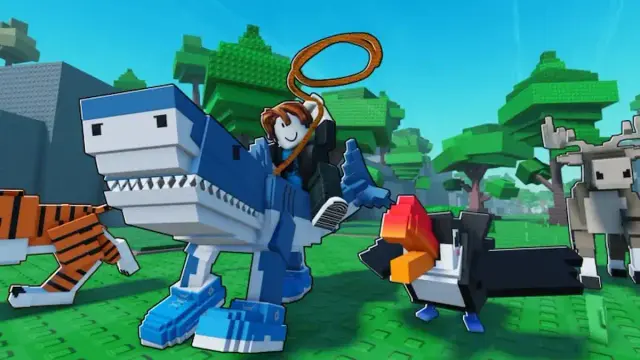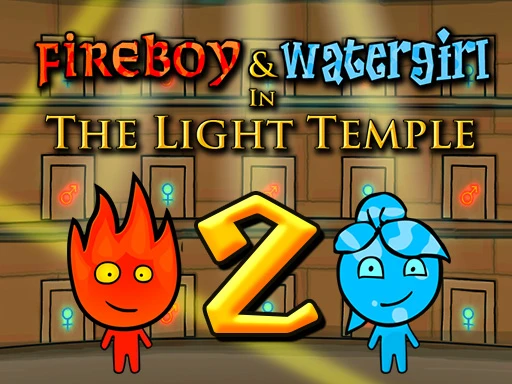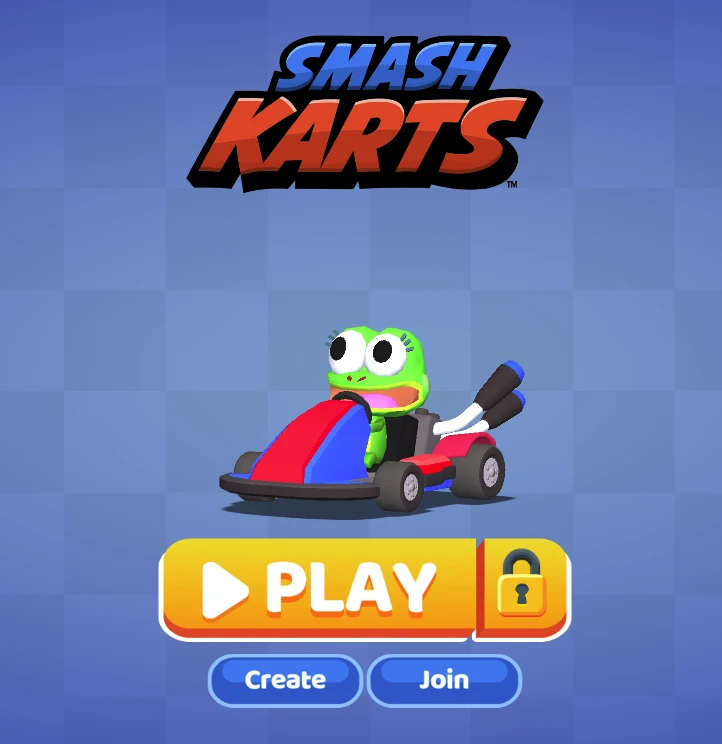
Adventure

Drift Boss Arena
More games to drift through
Swap tabs in seconds and keep the momentum going with another arcade favorite.

Adventure

Simulation

Simulation

Simulation

Puzzle

Puzzle

Simulation

Strategy

Survival

Simulation

Simulation

Simulation

Puzzle

Simulation

Racing
Sports
Master cadence to explode off the blocks, glide over hurdles, and nail baton exchanges. Race ghosts, set PBs, and climb leaderboards in snack-size sessions.
Speed Stars turns sprinting, hurdling, and relay running into a pure rhythm challenge where timing drives every meter you cover. Instead of mashing keys without purpose, you learn to keep a steady tempo, hold form, and spike power only when the moment matters. Speed Stars rewards players who listen for the internal beat, who keep their cadence balanced on straights, and who smooth out mistakes before they become lost seconds. Ghost rivals and public leaderboards push you to refine technique until your splits look like a metronome.
In Speed Stars, the key to a fast launch is alternating inputs at an even, rising pace rather than frantic tapping. Build momentum by easing into the rhythm so the runner lifts knees without wobble. When the tempo is stable, Speed Stars lets you squeeze extra velocity by tightening the interval between inputs across the first twenty to thirty meters. If you overspeed, the avatar will drift, forcing a correction that costs distance; the lesson is simple—consistency earns more than short bursts. Across multiple attempts in Speed Stars you will feel the difference between wild key presses and deliberate cadence.
Every event in Speed Stars teaches you to hear phrasing. The 100m is a tight, two-bar sprint: clean start, rising drive, relaxed finish. The 400m and 800m play like longer verses with controlled choruses. Push too hard in the first stanza and fatigue drowns your last fifty meters; keep the pattern smooth and you unleash a decisive kick. Because Speed Stars maps speed directly to timing discipline, learning to relax mid-race becomes your competitive advantage. After a few sessions with Speed Stars, you will treat curves as breath marks and straights as crescendos.
Hurdling in Speed Stars is about placing a single, precise input at the front edge of your tempo. Instead of panicking at each barrier, you float over it by tapping on the beat that matches your current cadence. Miss early, and you clip the hurdle; tap late, and you crush your pace on landing. Train by running several clean segments in Speed Stars at submax speed while counting steps between hurdles. When you can keep the count steady, lift the tempo and hold the same step pattern. The confidence you develop in Speed Stars turns hurdle lanes from chaos into choreography.
Relays in Speed Stars demand trust in timing windows rather than raw reaction time. Focus on syncing the outgoing runner’s beats with the incoming runner’s final steps so the baton exchange happens inside a small pocket of shared rhythm. Tap too soon and the handoff fails; too late and velocity evaporates. Work on repeatable exchange zones in Speed Stars by rehearsing handoffs at moderate speed until they feel automatic. Then scale the tempo and keep the pocket intact. When four runners in Speed Stars share the same cadence language, your relay becomes a freight train.
Use structured sets to transform practice in Speed Stars into progress. Try ten quick 100m accelerations at submax intensity to imprint clean starts. Follow with three controlled 400m efforts where you deliberately under-pace the first half, then drive home a fast finish. For hurdles, alternate five clean clears and five rhythm resets at jog speed so the pattern stays ingrained. Close with two relay exchange rehearsals where you focus on the feel of the handoff beat. Because Speed Stars records ghosts, rerun your latest PB and aim to finish a body length ahead of it by staying smoother, not just faster.
New players in Speed Stars often over-tap at the gun, which creates early wobble. Fix this by counting a quiet “one-and, two-and” during the first steps to stabilize cadence. Another frequent error in Speed Stars is treating curves like straights; you should back off a fraction on entries, then re-accelerate on exits to protect stamina. In hurdles, the big issue is panicked late inputs. Pre-call the takeoff beat aloud for three hurdles in a row during practice in Speed Stars; the cue engrains timing. For relays, athletes in Speed Stars sometimes stare at the baton instead of the tempo. Keep eyes forward, feel the beat, and the exchange lands naturally.
Middle-distance events in Speed Stars are where pacing craft shines. Think of effort as a volume knob you raise or lower by one click, not an on/off switch. On the back straight of a 400m in Speed Stars, nudge the knob down to avoid redlining; on the home stretch, turn it up to a clean maximum you can maintain. The 800m in Speed Stars rewards the same approach—never spike, never drift. Your best laps happen when you let rhythm regulate effort so the final fifty meters becomes controlled aggression rather than a desperate fade.
Before launching a serious attempt in Speed Stars, run two relaxed accelerations to prime coordination. Shake out hands, then settle your breathing so the first input lands calmly. After a hard run in Speed Stars, take one easy jog rep to flush tension, then step away for a minute. That break keeps your timing crisp for the next target run. Treat every session in Speed Stars as quality over quantity; a handful of focused efforts beats a dozen sloppy ones.
Ghost rivals make feedback immediate in Speed Stars. If your shadow pulls ahead early and fades late, you opened too hot; if it lags early but closes fast, you were too conservative. Use the pattern to set goals: hold even through sixty meters in the 100m, or keep contact to 300m in the 400m before unleashing the kick. Because Speed Stars exposes splits in a simple loop, you can test a hypothesis in minutes and lock in a better routine the same day.
Speed Stars plays well on multiple inputs, but the principle stays the same: choose a device that lets you keep an effortless alternation. On keyboard, assign comfortable adjacent keys and keep wrists neutral. On gamepad, alternate with bumpers or face buttons in a gentle seesaw motion. On touch, use two thumbs like pistons. Whatever you pick, your best runs in Speed Stars come from light, even taps rather than heavy strikes.
The final seconds decide most races in Speed Stars, and composure often beats raw speed. Instead of chasing the opponent’s surge, stay married to your cadence and let small gains compound with each beat. When you feel panic rise, exhale and recommit to the rhythm. The finish line in Speed Stars rewards patience, not desperation.
Every attempt teaches something in Speed Stars: a cleaner start, a smarter curve, a calmer hurdle, a smoother baton. Stack those lessons and your personal bests will fall in a steady drumbeat. If you love games where mastery is measurable, where input timing becomes athletic form, and where tiny improvements feel huge, then Speed Stars is your next obsession. Lace up, lock onto the beat, and let Speed Stars carry you from first step to finishing tape, one perfect cadence at a time.
Need more drift intel? Read the Drift Boss Help Center or contact our crew through the support page.